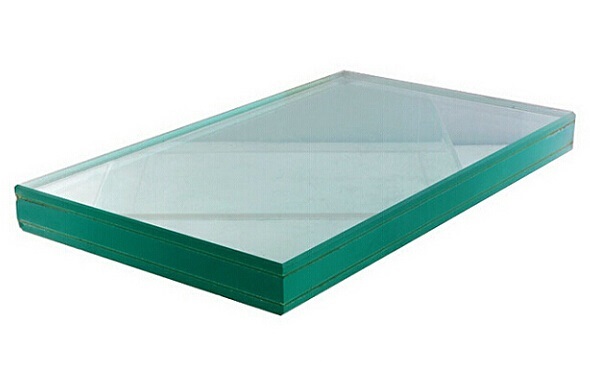

At present, the spot prices of float glass in major regions across the country remain strong, mainly due to the strong boosting effect on the demand side. The sales trend of commercial housing usually leads the demand for glass, that is, it takes one to one and a half years after the sales of commercial housing to generate glass demand. The peak of the growth rate of this round of commercial housing sales occurred in April 2016, and there may still be strong support on the glass demand side in the first half of 2017.
The recent downward trend in the prices of heavy soda ash, the main raw material, has stabilized compared to the previous period. On the one hand, the entire industry is now on the brink of profit and loss, and some soda ash companies are starting to lose money. The situation where soda ash manufacturers increased shipments by significantly reducing prices in the previous period is difficult to reproduce; On the other hand, the daily melting rate of glass is still increasing, and the downstream demand for heavy soda ash will always have strong support. In March, some soda ash manufacturers had already carried out production reduction and maintenance operations due to high inventory, coupled with continuous consumption on the demand side. The large amount of heavy soda ash supply accumulated in the early stage of the market has gradually been consumed. It can be seen that the operating rate of domestic soda ash plants in April was significantly higher than that in March and higher than the same period in previous years. The possibility of a significant drop in the price of heavy soda ash in the short term is unlikely, and the profit margin of glass manufacturers may also stabilize in the short term. At present, glass manufacturers are still facing a relatively good spot price environment. Driven by the current profit level, there may still be short-term cold repair and resumption of production or the construction of new production lines.
In terms of inventory, the current inventory level is significantly lower than the same period in 2015 and basically the same as the same period in 2016, indicating that inventory pressure has not yet become prominent. Given the continued boost in demand and minimal inventory pressure, glass manufacturers have a strong willingness to raise prices in the short term, and prices are expected to remain firm. It is worth noting that as we enter the second half of the year, the demand for glass may gradually weaken, and the lag in operating rates will make it difficult for glass production to contract within 3-6 months, thereby accelerating the weakening of supply and demand. At that time, prices may face significant downward pressure.



